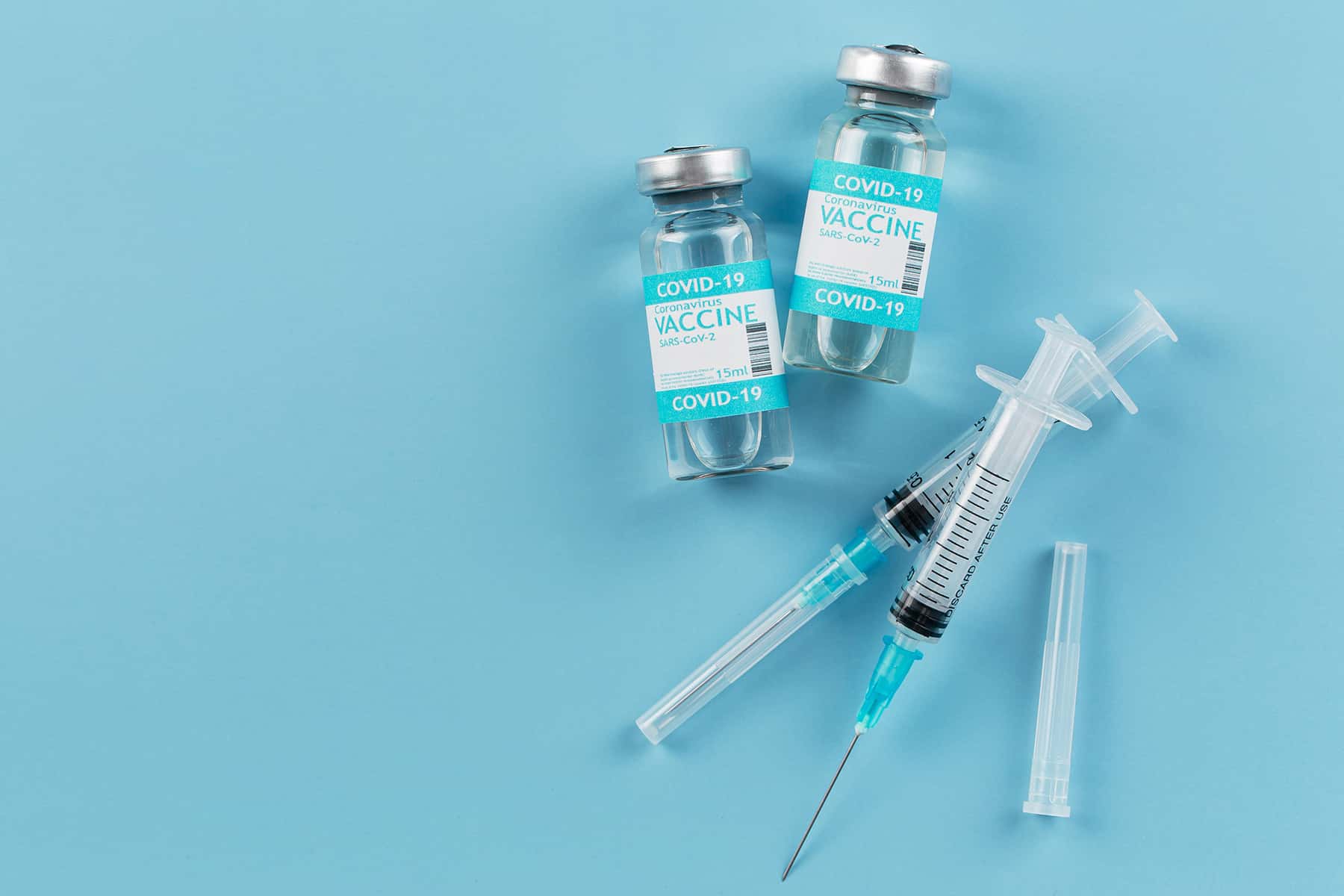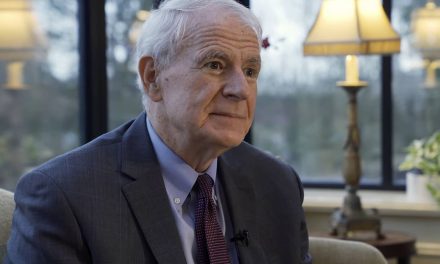
The United States is wasting millions of COVID-19 vaccine doses even as shortages plague many parts of the world.
At least 15 million doses were scrapped in the United States between March and September, according to one analysis of CDC data. A separate investigation found 1m doses were discarded in 10 states between December and July.
States continue tossing unused shots. Louisiana has thrown out 224,000 unused doses of the COVID vaccines – a rate that has almost tripled since the end of July, even as a deadly fourth wave of the virus gripped the state. Some of the lost doses came from opening and not finishing vials, but more than 20,000 shots simply expired.
Thousands of doses are reportedly wasted each day in Wisconsin. In Alabama, more than 65,000 doses have been tossed; in Tennessee, it was almost 200,000.
The wasted doses represent a small fraction of the number of shots administered in these states – in Louisiana, for instance, 4.4m doses have been given out successfully.
But the news comes as millions of people around the world wait for their first doses. Only 1% of the populations of low-income countries had received first shots as of July, compared with more than half of those living in a handful of high-income countries.
Many of the discarded doses came from pharmacies. In May, two pharmacy chains had wasted more doses than all states, territories, and federal agencies combined, for almost three-quarters of tossed doses. Now, at least 7.6 million discarded doses come from four major pharmacies: Walgreens, CVS, Walmart and Rite Aid.
There are multiple reasons why doses have been wasted: sometimes a vial is cracked or doesn’t contain as many doses as promised; sometimes needles malfunction; freezers break down or the power goes out. Frequently, people do not show up for appointments, and the dose set aside for them in a vial is not used.
But as vaccinations across the country have stalled after peaking in mid-April, a growing issue is simply that the vaccines are expiring amid vaccine hesitancy in the U.S. that is more widespread than first imagined.
Before June, a little over 2 million doses had gone to waste. But over the summer, those figures surged – alongside the virus itself – sixfold as doses expired and vaccinations flagged.
The Biden administration has pushed to use the U.S. vaccine stockpile for boosters, sometimes clashing with scientific agencies on who needs the added protection of an additional shot. Officials are also working with vaccine manufacturers to reduce the number of doses in each vial.
In the face of global inequities, it is not as simple as states donating unused vaccines. The doses already distributed to states can’t be repurposed internationally because of bureaucratic and safety concerns around storing the vaccines correctly.
Joe Biden has vowed to vaccinate 70% of the world in the next year, and has committed to donate several million doses for use abroad. But in the meantime, many countries are struggling to provide shots to the most vulnerable and those working on the frontlines of the pandemic, while Americans refuse the immunizations.
Manufacturers should also scale up production to address global shortages, the administration has said. Moderna, for instance, needs to “step up as a company” when it comes to global production of vaccines, said David Kessler, the Biden administration’s chief science officer of the COVID-19 response.
Mеlоdy Schrеіbеr
Originally published on The Guardian as US throws out millions of doses of Covid vaccine as world goes wanting
Help deliver the independent journalism that the world needs, make a contribution of support to The Guardian.













